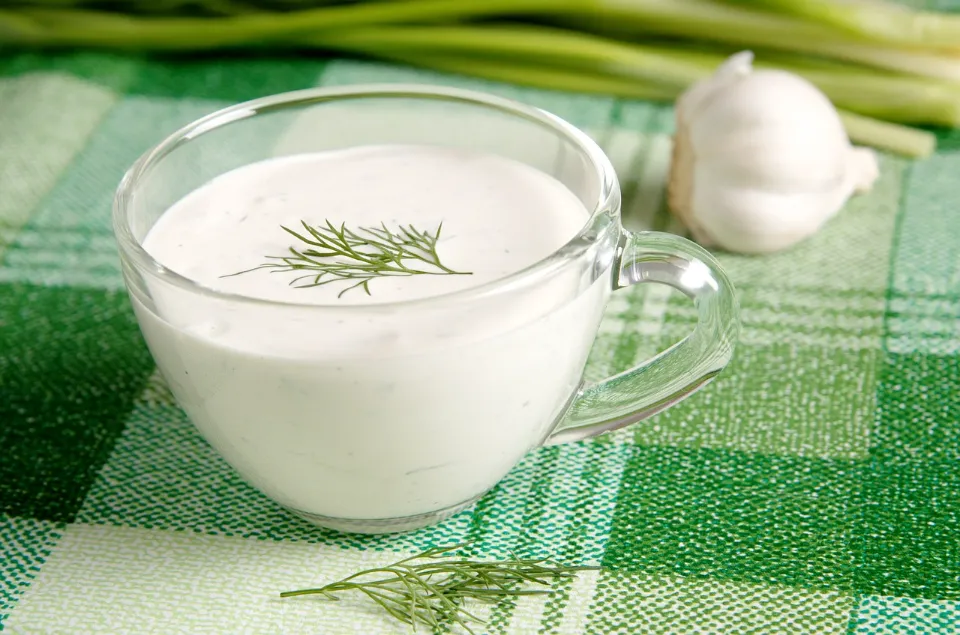Many recipes require sour cream and other similar condiments as a base. Yes, you can microwave sour cream, but there are a few things to remember.
That’s right, sour cream can be microwaved. Whether the sour cream is full fat or fat-free, it can be heated in the microwave.
The sour cream should be refrigerated in an airtight container as soon as possible after consumption. So long as you don’t want to eat it, this will keep moisture and bacteria out.
What is Sour Cream?
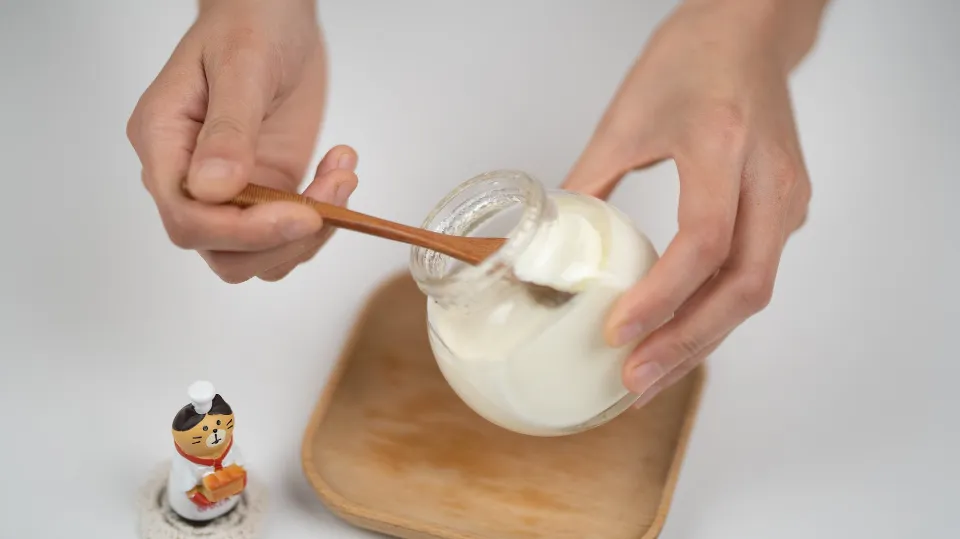
Generally speaking, sour cream is a creamy, thick, white, mildly sour substance. Lactic acid-producing bacteria are combined with some dairy cream to create this product, which has a very tangy, mildly tart flavor. Not great on its own, but amazing together!
Can You Heat Up Sour Cream in the Microwave?
When you need to reheat food, the microwave is likely the first appliance you reach for. This also applies to sour cream, which you can easily reheat in the microwave. There are only a few things to keep in mind.
It shouldn’t be heated in a plastic container. To microwave, put a container made for microwaves in it. Few tablespoons at a time will yield the best results; avoid heating a large quantity of sour cream at once. Curdling is a problem when you microwave sour cream.
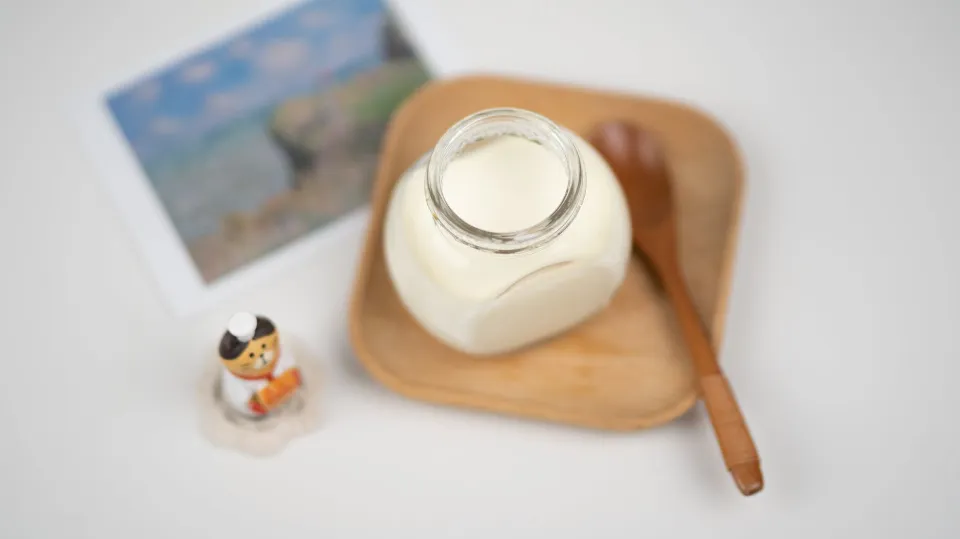
How to Microwave Sour Cream: and Rules to Follow
If we can explain the process of microwaving sour cream with a few words, it would probably be “gently, carefully, and slowly”. Cream, in general, is not the most durable product and you always need to be extra careful with the handling and storage.
Here’s how to microwave sour cream:
- Transfer the sour cream from the original container to a microwave-safe container.
- Place a paper towel or microwave-safe lid over the container to minimize splattering.
- Microwave on high heat in 15-second increments per tablespoon of sour cream. You can also microwave on low heat in 20-second increments per tablespoon of sour cream.
- If you’re microwaving large amounts of sour cream, divide the sour cream into smaller portions and heat them individually before transferring the warm sour cream to a larger bowl or container to serve.
To make the explanation easier, we have divided all aspects of microwaving sour cream into our own “rules” which are listed below.
We guarantee that if you follow these instructions, you will stay clear of any potential issues.
1. Never Microwave Sour Cream in the Original Container
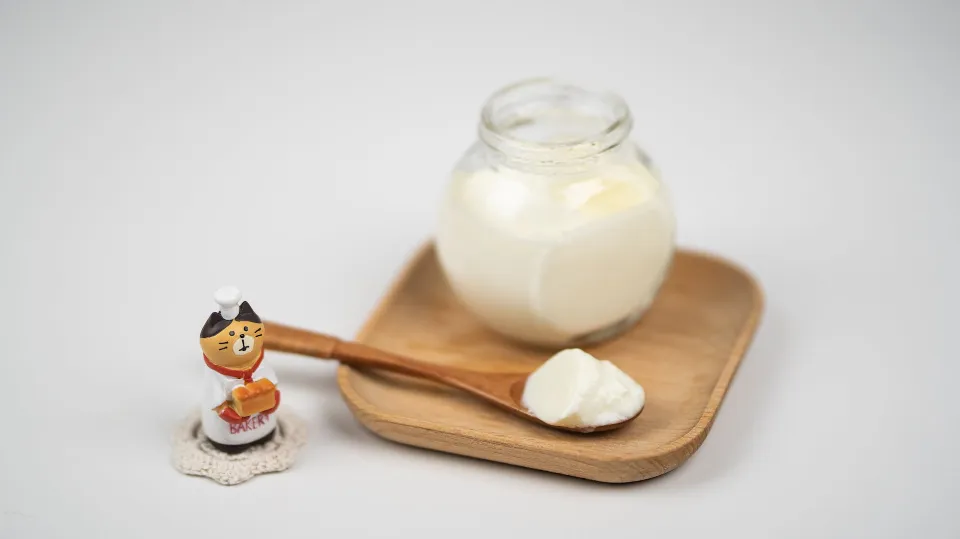
While this is a fact that should be obvious to those of us who manage the kitchen at home, it is also a mistake that many people make.
All types of food are included, but containers with a sign approving microwave use are an exception. But if you ever come across a sour cream with such a label on the package, we’d be shocked.
Why should you move your sour cream to a plate or another container that can be heated in the microwave? Plastic-making chemicals leak out of the container when heated in a microwave.
The sour cream is contaminated by the chemicals, making it unsafe for us to consume.
2. Never Reheat Sour Cream That Has Been Heated Previously
As was previously stated, the bacteria used to make sour cream, which is what gives it this flavor and consistency, is susceptible to temperature changes and therefore must be killed. Sour cream cannot be reheated after it has been heated.
In other words, you should only heat fresh sour cream from the store or sour cream that is still in its original packaging.
3. Always Microwave Sour Cream in Small Portions
For the operation to be successful, the entire microwave heating of sour cream must be watched. To avoid having it separate or curdle, you must be careful not to overheat it.
Sour cream can usually be heated in large quantities, but we strongly advise taking a few extra minutes to heat it in smaller quantities.
4. Fat Content Matters When Microwaving Sour Cream
Sour cream didn’t come in as many varieties back then. If you intend to microwave sour cream, you might want to stick to full- or low-fat varieties.
This is due to the fact that non-fat sour creams do not hold up well in hot environments. The easiest type of sour cream to separate and curdle is non-fat.
You can use the microwave, though, if your diet is rigid or you simply prefer low-fat foods. The power should be turned down to low or at the very least medium, though.
Sour cream will heat more slowly and less likely to curdle in the microwave when it is heated on low power. However, there is no assurance that it won’t nonetheless occur.
Can You Reheat Food With Sour Cream in It?
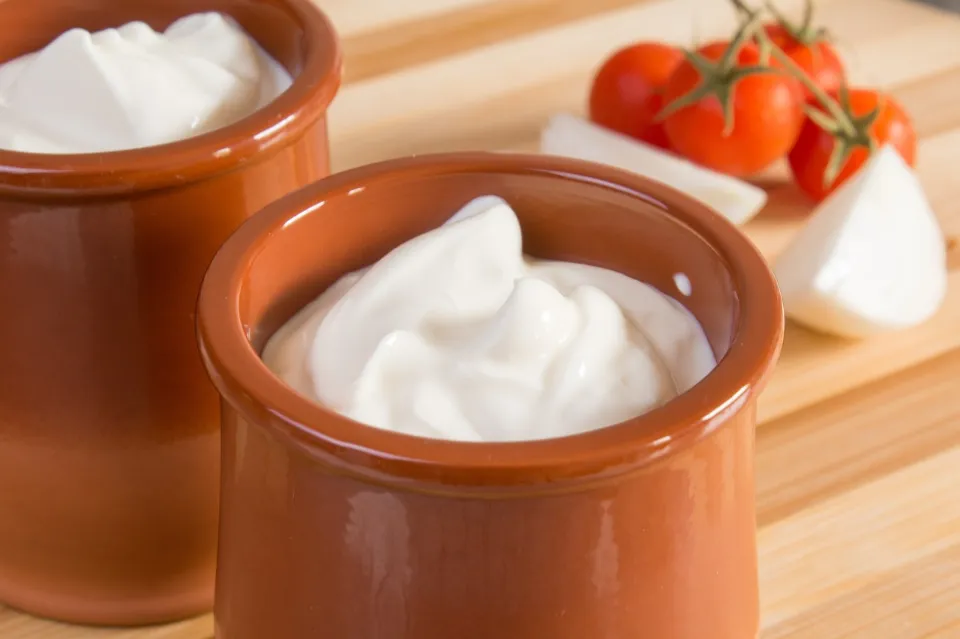
If you ended up with leftovers that contained sour cream, you probably have questions about how the dish will behave in the microwave due to the different textures. The ideal method is to remove the sour cream and then add it back on, but this can be more trouble than it’s worth.
If you choose to do this, allow the food to cool to room temperature before adding the sour cream. Curdling of the cream will be less likely as a result. Be careful not to use high temperatures when reheating sour cream-containing foods.
Put the microwave on a low heat setting, and heat briefly. It is preferable to reheat in an oven or over a skillet because they help to distribute heat more evenly. However, if you’re in a hurry, you can safely microwave food that contains sour cream.
Is It Safe to Eat Warm Sour Cream?
A perishable food item, such as sour cream, must be refrigerated or frozen at all times. It will spoil if the sour cream is not kept at the proper temperature.
Dangerous bacteria quickly proliferate when left outside at temperatures higher than 90 degrees Fahrenheit, and fermented cream quickly goes bad. If sour cream is exposed to room temperature for an extended period of time, spoilage will occur.
The product’s surface may become colonized by microorganisms, which can produce off flavors. Throw away sour cream that has been left out at room temperature for more than four hours.
Sour cream can last longer when it is refrigerated. Furthermore, the best by date on a container provides information regarding the product’s age.
Final Thoughts: Can You Microwave Sour Cream?
Make sour cream carefully if you want to experiment with doing so in the microwave. Although it’s not difficult to make, some attention to detail is necessary.
You run the risk of destroying your sour cream if you don’t pay attention to details. Use the microwave oven with caution. When handling hot objects, use caution. Keep in mind that sour cream tastes best when it is cold or at room temperature.
We’ve discovered that heating it in a microwave is effective. Simply remove the bowl and wait one or two minutes before eating. Use a microwave-safe dish or plastic container, just make sure it is microwave-safe.
FAQs
Is Sour Cream Okay to Be Warmed Up?
It’s best to add it toward the end of cooking your dish on low heat, and then just leave it there long enough for it to heat. You are entirely secure in this manner.
Can Sour Cream Be Cooked?
Sour cream has a lower fat content than crème fraîche, which limits its ability to be cooked with; if heated too quickly or to a high temperature, sour cream will curdle. To add sour cream to a dish, do so right before serving.
Can You Microwave Sour Cream on Taco?
Yes, to sum up the answer. Sour cream can be heated on the stovetop or in the microwave, even though you might prefer it cold in some recipes.

